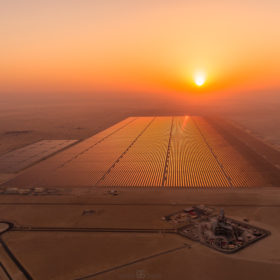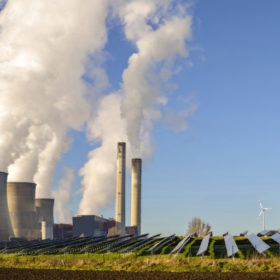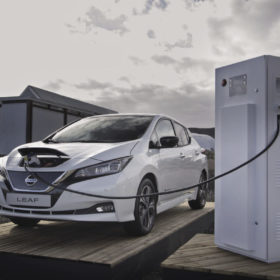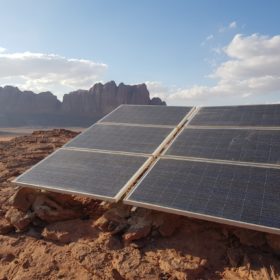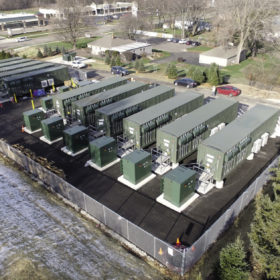Ganfeng Lithium prepares solid-state battery test line
The Chinese company is ramping up R&D efforts to try and fast-track commercialization of the more productive – and more expensive – battery tech. The news was announced as part of an uninspiring first-half update thanks to falling lithium salt prices.
Solar world pays tribute to founding father of SolarEdge
A tribute to Guy Sella has hailed ‘a brilliant man’ and ‘a revolutionary trailblazer’ who was ‘vibrant and energetic’ yet ‘down-to-earth and approachable’.
DEWA and Huawei hold strategic summit
The Emirati utility and the Chinese communications giant and inverter maker have discussed how they can work together to roll out solar and storage in Dubai as well as collaborating on cyber security and the use of AI to analyze cyber threats.
Indian power company chief calls for AI to help ‘clean’ coal for at least 30 years
An energy conference in West Bengal heard of a proposed 800 MW solar project in the state on top of a 900 MW scheme being carried out with Japan. But the chairman of power giant NTPC said artificial intelligence and digitization should be used to extend coal burning for decades.
Philippines utility Meralco seeks new capacity, including renewables
The power company has launched three procurement auctions for a total of 2.9 GW of power generation capacity. Renewable energy companies are among the bidders to have expressed interest in providing electricity.
Residential storage in Europe to grow 500% by 2024
A new report from analysts at Wood Mackenzie forecasts 6.6 GWh of residential energy storage to be installed across Europe by 2024. The economics of the technology are at a tipping point, increasingly reaching grid parity in European markets. With rising electricity demand and falling battery system costs, the trend will further spread across the continent and fuel an uptick in demand.
‘Unprecedented’ collaboration between EV manufacturers could launch large-scale transition
Energy analysts from the United Kingdom have found that many of the world’s largest car manufacturers that are launching EVs, or looking to launch EVs, are engaged in an “unprecedented” level of collaboration in order to share the costs and risks inherent in EV development. Cornwall Insight found that the collaboration could see a major boom in supply from the early 2020s.
Orange Jordan adds 37 MW of solar under ‘wheeling’ scheme
With grid capacity a limiting factor, the Middle Eastern country has moved to foster private-to-private solar projects to meet industrial power demand.
Utility scale, rather than behind-the-meter batteries will drive energy storage take-up – Bloomberg u-turn
The analyst has published its latest Energy Storage Outlook report and says large scale deployment will provide the majority of the 1,095 GW/2,850 GWh of battery storage worldwide in 2040, with prices driven down further by grid services demand and EVs.
Microsoft is on a solar shopping spree
The tech giant has signed a power contract for the output of First Solar’s 150 MWac Sun Streams 2 solar plant, bringing its procurement of solar to almost 500 MW – but none of its PV projects have been completed yet.


